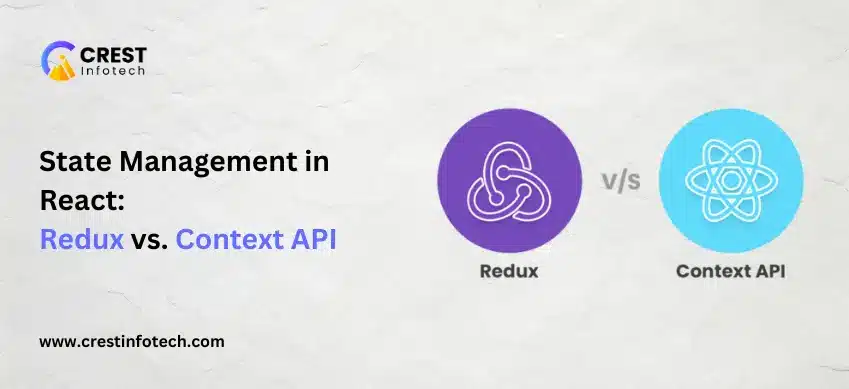React has totally changed the way front-end developers create web applications since its inception. React can render UI updates more powerful than ever before with the support of virtual DOM.As a consequence, the web apps would usually be faster. However, there is one thing about ReactJs that developers often worry about. It’s the fact that why do medium-sized React web applications perform so badly and take so long to load?
The answer to this question can be found in React’s optimization techniques. You will significantly increase the overall pace of React apps if you can calculate and optimise how the app’s components render. In this post, we’ll go through some of the best React optimization techniques. So, without further ado, let’s get this party started.
Usage of Pure components
If a React component produces the same output for the same props and state, it is said to be pure. Authorization is a base class that React provides for certain class components. The component classes that extend React.Pure components are defined by the PureComponent class.
Pure components are identical to normal components, with the exception that they take care of any component updates that may be needed.It also performs superficial comparisons with prop and state info.If the previous props and state data are the same as the next state or props, the part is not re-rendered.
Component memorization with React.memo
React.memo is identical to a PureComponent, with the exception that Pure Component is derived from a component type implementation. On the other hand, the term “memo” is used to describe a functional part. React.memo is a higher-order component, as well.If the input props are the same as in pure components, the rendering of the component will be skipped, improving the component’s speed and performance.
It’s also possible to transfer this component’s custom comparison logic. The user will use the custom logic to search for deep object comparisons. If the comparison function returns wrong, the component is re-rendered; otherwise, the component is not re-rendered.The portion above performs a superficial comparison of the previous and next props’ values.
There is a need for some custom login for the comparison whenever object references are passed as props to the memo component. We may transfer the comparison function as the second parameter to the React.memo function to get those custom logins.Assume that the props value (user) is an object reference that contains a user’s age, name, and destination.
In the case at hand, a thorough comparison is needed. For this, we can write a custom function that checks for values like age, name, and destination in the next and previous props values and returns false if they differ.This is how, even though the memo component has reference data as input, our component would not re-render.
This event can be used to determine when the object needs to be re-rendered.When a set State is called or the component props are changed, this function returns a Boolean value. In both cases, the component appears to re-render.
The should Component Update Life Cycle Event
Until the component is re-rendered, the should component update life cycle event is enabled.This event can be used to determine when the object needs to be re-rendered.When a setState is called or the component props are changed, this function returns a Boolean value. In both cases, the component appears to re-render.
This function also takes nextProps and nextState as input and compares them to the current state and props to determine whether or not re-rendering is needed.
Avoid extra tags by using React fragments
Using fragments that are only needed for having a common parent in the React component will reduce the number of extra tags.When a user creates a new component, the parent tag for all of the components must be the same. At the parent stage, two tags cannot coexist. That is why a common tag at the top is needed.We usually add an extra tag to the top of the part to meet this requirement.
Refrain from using Inline style attribute
With the inline format, the browser normally spends a lot of time scripting and rendering.Since it has to map all of the style rules that are transferred to the actual CSS assets, the scripting takes a long time. As a consequence, the component’s rendering time increases.The inline styles that are attached to the component can be seen in the component above.
Instead of a style lag, the added inline style is a JavaScript entity.Only after the background Colour style has been translated into a CSS style property can the style be added. Scripting and JavaScript execution are necessary to accomplish this. The simpler option is to simply import the CSS file into the component.
You can Hire JavaScript Developer for part time, full time and scheduled time of period for your business development process. Contact Crest Infotech to know more about JavaScript Development services in Details.



